BATH — Nuala Glendinning doesn’t look big enough to row a skiff. Yet each week through the school year, the seventh-grader spends four hours wielding a bow saw and hammering nails into the rowboat she is helping to build.
Glendinning is one of six students in the South Bristol Elementary School’s boatbuilding class, held Fridays at Maine Maritime Museum in Bath. Students spend nine months building two wooden rowboats.
On June 10, Glendinning and five other students – seventh- and eighth-graders – will christen their two wooden boats in South Bristol, just as other students in town have done for the past two decades.
“I had two older brothers who took the class and I’ve looked forward to it. I like working with my friends and doing stuff you don’t do in other classes,” Glendinning said.
Over the past decade, experiential and hands-on school lessons taught outdoors or outside schools have taken hold in Maine, such as the forest kindergartens offered in at least a few private school in Maine, including the White Pine Program in York and Juniper Hill in Alna. But to have a public school teach a daylong class outside school every week for two decades is rare, because additional funding is needed. The boatbuilding class costs $25,000, but the school pays nothing, said Kurt Spiridakis, the museum’s boatshop manager. Spiridakis said the program is funded by foundations, municipal spending, corporate sponsors and individual donors.
Those who have kept the class going say it has staying power because the students learn – and enjoy it.
“I don’t know many educational initiatives that have lasted 20 years. To have something actually remain in the school for 20 years as part of the programming, it speaks to the value of it,” said Pamela Sperry, the retired principal who started the program.
“How important is it to have hands-on learning, to be able to apply the learning in a real way? That’s hard to do in the four walls of a classroom. Any time you can make it real, students will learn.”
South Bristol teacher Terry Mitchell said the students taking the boatbuilding class use geometry to design the boat, math to cut the wood and physics to make sure the boat will float.
And they learn living history with each boatbuilding class.
“In this age, this kind of work is disappearing. They’re curious. It’s something they look forward to,” said Mitchell, whose son was in the school’s second boatbuilding class. “They also learn perseverance, teamwork … and they’re learning about themselves. This is part of Maine history.”
This year, those who organize and run the course are putting together a display at the museum to celebrate the school’s boatbuilding class, which is also offered to students at Woolwich Elementary School. But South Bristol Elementary School, which has an enrollment of 55 students in grades K through 8, pioneered the primitive workshop class.
Sperry, of Newcastle, remembers how nobody thought it would grab hold.
“Really we just brainstormed,” said Sperry. “We wanted to collaborate with the museum, and the eighth grade only had five students. The school board was all for it.
“I can remember several years later, one of the students was in college taking some kind of drafting class. She had an assignment and she was the only one who knew how to do it. The professor asked her how she knew, and she said she learned it in eighth grade when she built a boat.”
Each boat is painted by the students and finished with a brass plaque with the boat’s name and those of the students. Normally, two boats are made, one for the museum to sell and one for the school to raffle off to help pay for the class.
Each boat is christened at a town ceremony, and the students row them into the harbor.
“I remember that first year, it brought out practically the whole town. It’s a big fishing community,” Sperry said. “I didn’t really think the boat would float. But the kids kept saying, ‘Sure it will.'”
Indeed it did. None of the rowboats built by the school has ever sunk.
Aiden Seiders, one of this year’s boatbuilders, is the son of a carpenter. But Seiders, 12, hadn’t done much carpentry work before the class.
The amount of work involved in designing a wooden boat, cutting the wood, preparing it and fitting the pieces amazes him.
“You rarely sit down in the boat shop. I wasn’t ready for that. It was a little rough. But it got progressively better,” Seiders said. “You basically are doing work. But the outcome, the reward, makes it so worth it. We are building two boats. And very soon they are going to look like finished boats.”
Spiridakis said one of the best lifelong lessons the students learn is that it’s OK to make a mistake, and working hard and doing it right is what’s important, not how long it takes.
A week ago, Glendinning kept busy cutting wood, nailing planks into the boat frame and cleaning her saw to keep the work of cutting wedges moving quickly. But she said her proudest moment came a few months ago when she cut the boat’s stem, which is the part of the boat’s frame in the front.
She didn’t focus on the fact she had to cut it twice. The first time she cut it from maple, not realizing that maple isn’t resistant to rotting. When Spiridakis realized her mistake, she had to cut it again from oak.
“But Nuala understood we’re trying to do the right thing for the boat. And starting over was the right thing for the boat. So it was worth it,” Spiridakis said.
As she ate her lunch during break, Glendinning nodded and agreed.
“It’s really cool to get to learn to use tools,” Glendinning said. “I wouldn’t get to do this if it was just a normal school day. If I ever have to fix something in the future, I’ll know how.”
Send questions/comments to the editors.


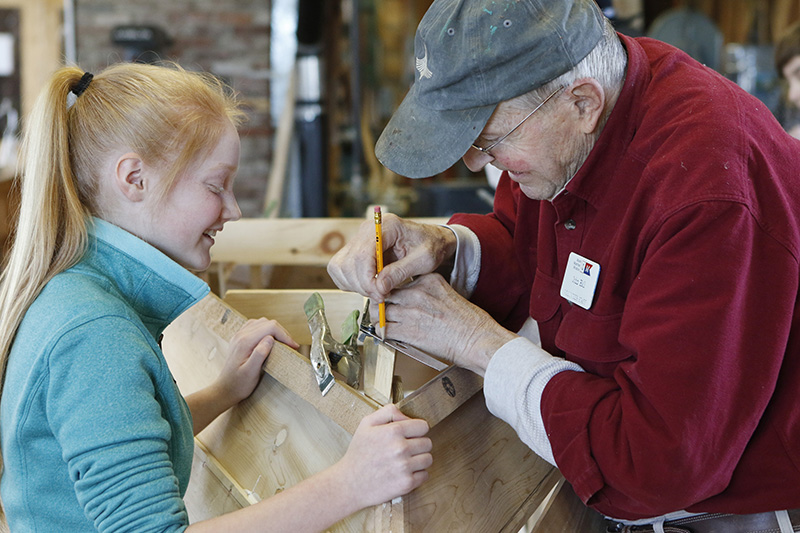
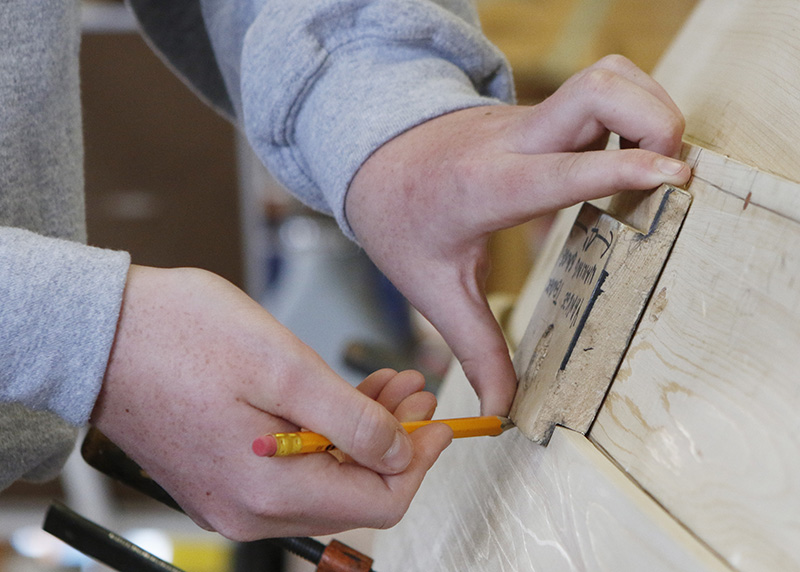
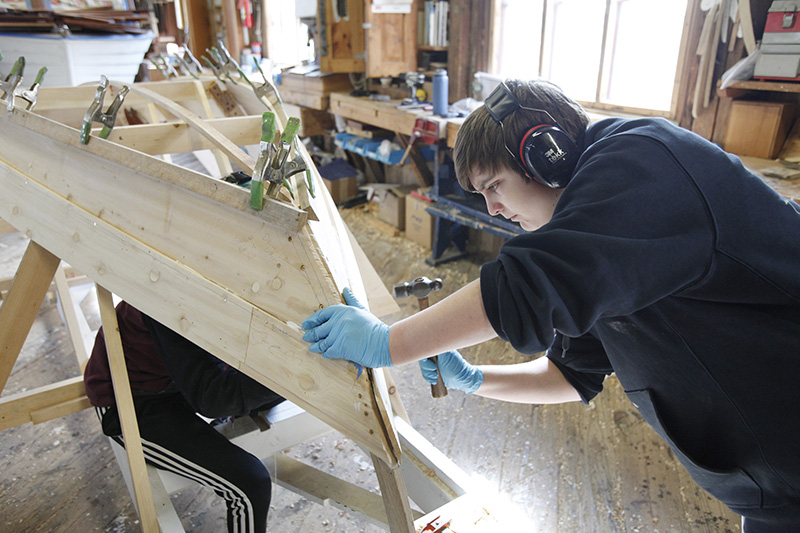
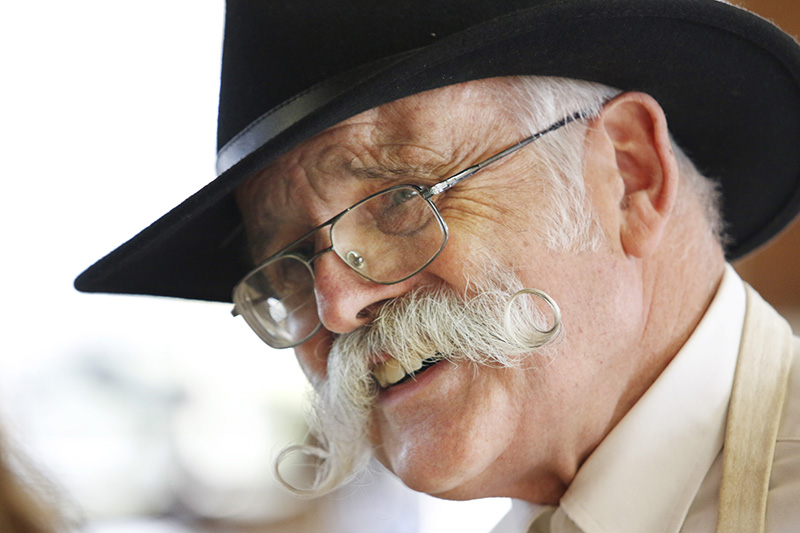
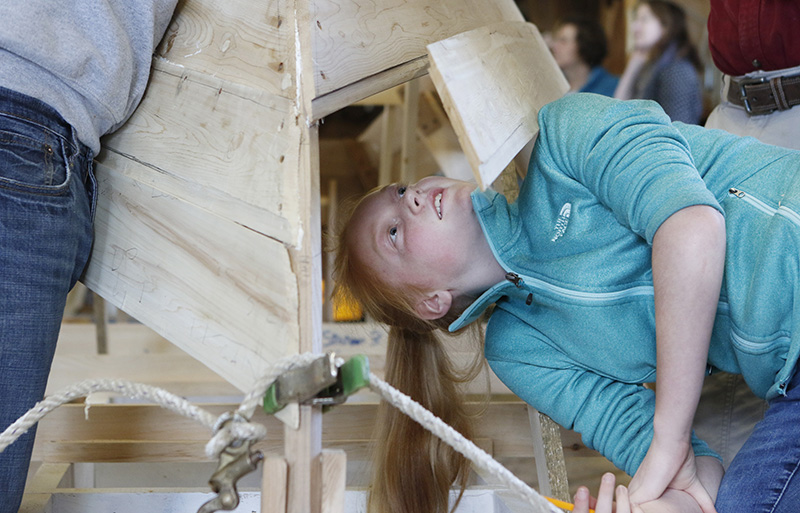
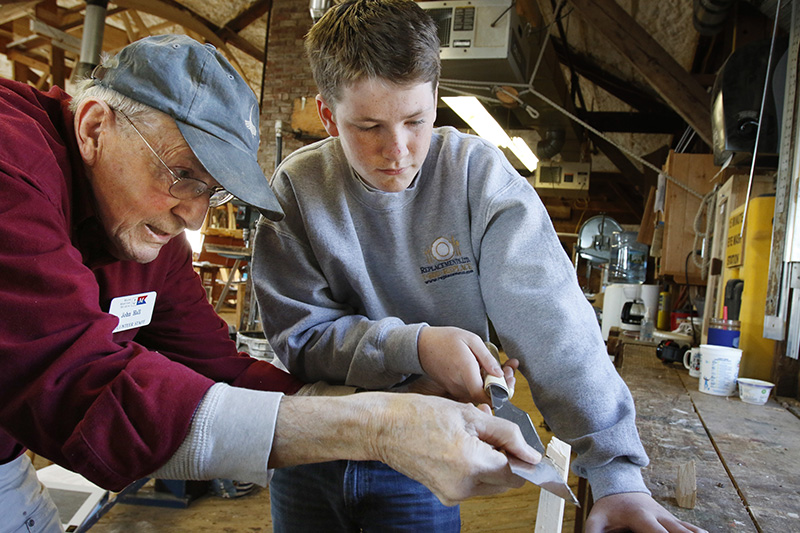
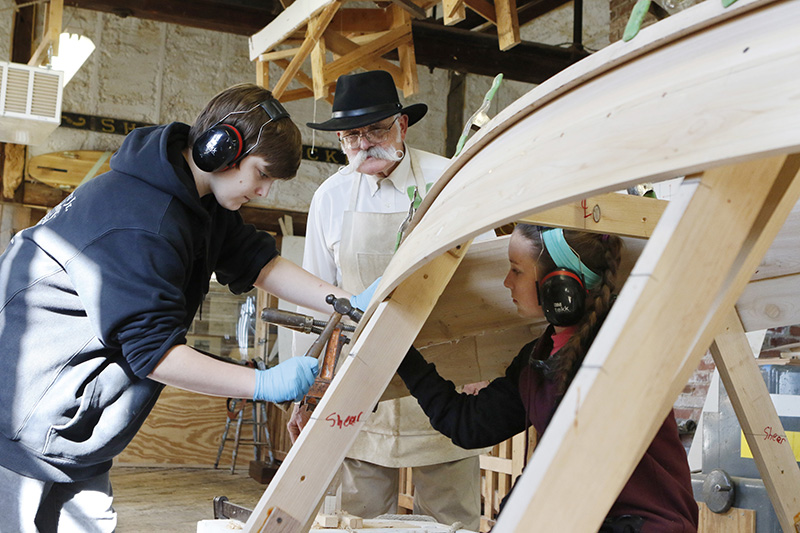
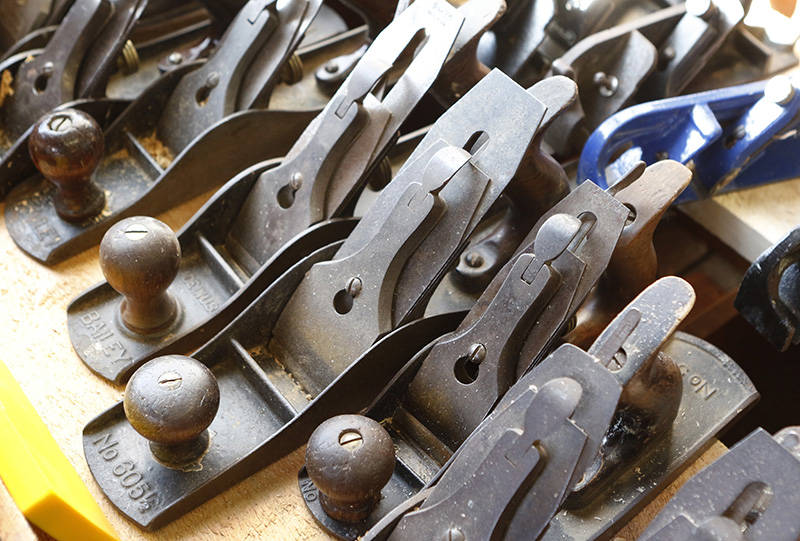
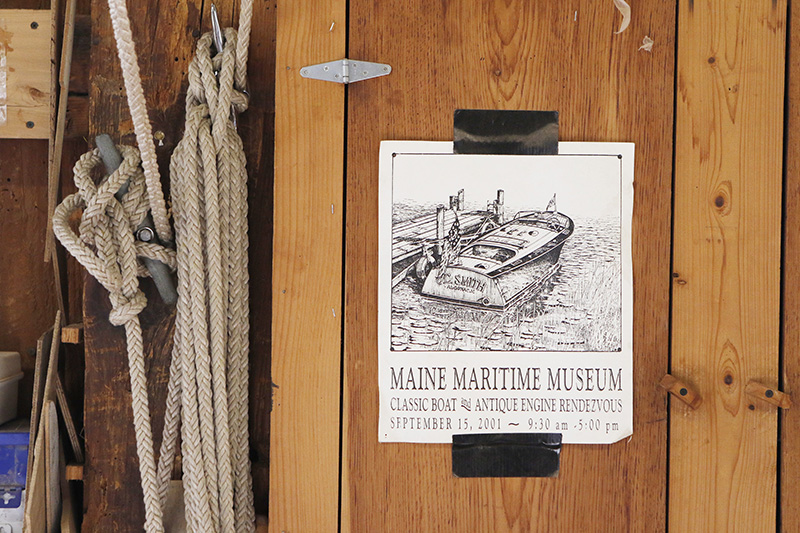

Comments are no longer available on this story